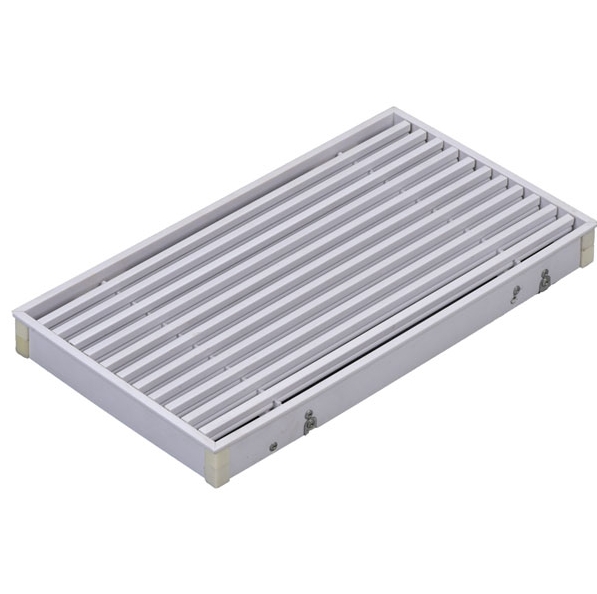In the realm of indoor air quality and ventilation, selecting the right type of Air Vent is essential for ensuring optimal airflow and comfort within residential and commercial spaces. From ceiling vents to louvered options, each type serves a specific purpose in maintaining a healthy and breathable indoor environment. Let's delve into the various types of Air Vents and their benefits:

Ceiling Air Vent: Elevating Air Circulation and Comfort
Ceiling air vents, also known as ceiling diffusers, are strategically positioned on ceilings to distribute conditioned air throughout a room or building. These vents typically feature adjustable louvers or diffusers that allow users to control the direction and intensity of airflow. By dispersing air evenly across the room, ceiling air vents help regulate temperature and humidity levels, ensuring optimal comfort for occupants.
Louvered Air Vent: Balancing Airflow and Aesthetics
Louvered air vents are characterized by their slatted design, which allows for efficient airflow while providing a decorative touch to interior spaces. These vents are commonly installed on walls, floors, or ceilings to facilitate air exchange and ventilation. The angled slats or louvers help to direct airflow in specific directions, preventing drafts and maintaining consistent air circulation throughout the room. Additionally, louvered air vents come in a variety of materials and finishes to complement different interior styles and aesthetics.
Floor Register Air Vent: Optimizing Heating and Cooling Efficiency
Floor register air vents, also known as floor grilles or floor registers, are installed in the floor to regulate airflow from heating, ventilation, and air conditioning (HVAC) systems. These vents feature adjustable dampers or louvers that allow users to customize airflow according to their preferences. By strategically placing floor register air vents in high-traffic areas or near windows, occupants can optimize heating and cooling efficiency while maintaining comfortable indoor temperatures throughout the year.
Interior Air Vent: Enhancing Air Quality and Comfort Indoors
Interior air vents encompass a wide range of vent types installed within interior spaces to facilitate air circulation, ventilation, and temperature control. These vents may include ceiling vents, wall vents, floor vents, or ducted vents, depending on the specific requirements of the building or room. By ensuring adequate airflow and ventilation, interior air vents help remove indoor pollutants, allergens, and odors, promoting a healthier and more comfortable living or working environment for occupants.
In conclusion, selecting the right type of air vent is crucial for maintaining optimal indoor air quality, comfort, and energy efficiency. Whether opting for ceiling air vents to promote even airflow, louvered vents to balance ventilation and aesthetics, floor register vents to optimize heating and cooling efficiency, or interior vents to enhance overall air quality, each type plays a vital role in creating a healthier and more comfortable indoor environment. As awareness of indoor air quality continues to grow, investing in quality air vents becomes increasingly important for ensuring the well-being and comfort of building occupants.
 WhatsApp:
WhatsApp: Phone:
Phone: Contact Now
Contact Now